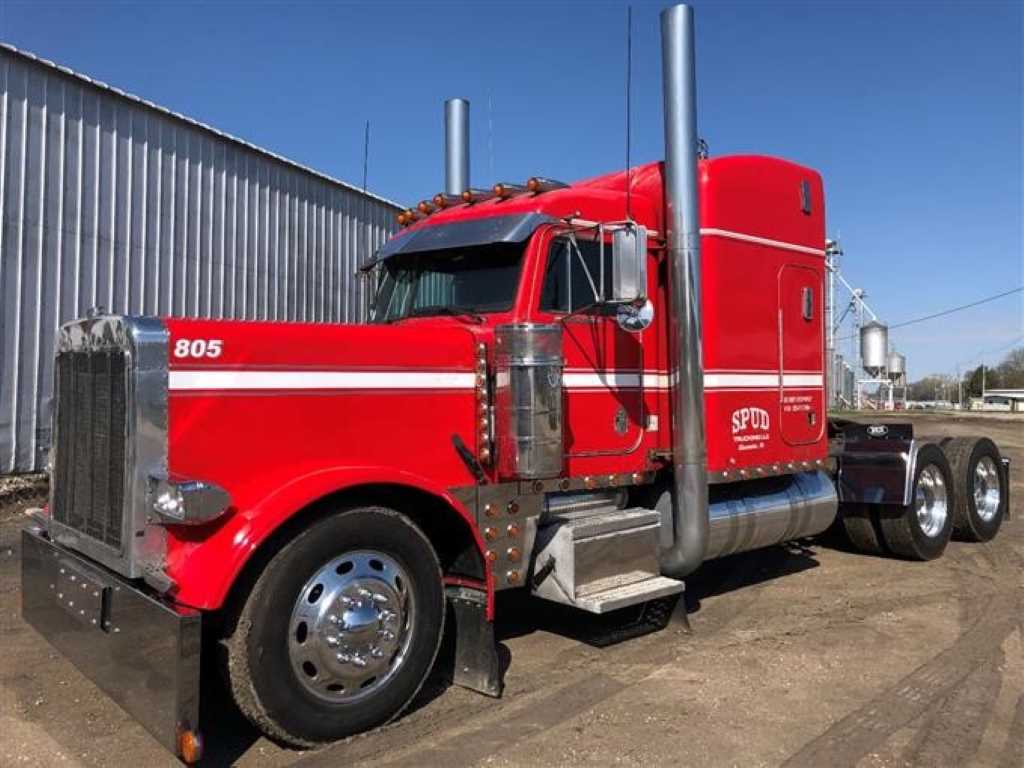How Much Fuel Does a Semi Truck Really Hold? A Closer Look at Gas Tanks on the Highway
Have you ever wondered how those massive semi trucks keep rolling for mile after mile? Their fuel capacity is a crucial factor, allowing them to deliver goods over vast distances without frequent refueling stops. But just how much gas does a semi truck actually hold? The answer isn’t as simple as you might think.
Understanding Semi Truck Fuel Tanks
Unlike your average car, semi trucks typically have multiple fuel tanks, often located on either side of the tractor. These tanks can vary significantly in size, depending on the specific model and intended use of the truck.
- Standard Configuration: A typical semi truck can hold around 100 to 300 gallons of diesel fuel. However, most trucks are equipped with two tanks, meaning their total capacity can range from 200 to 600 gallons.
- Long-Haul Trucks: Semi trucks designed for long-distance travel often have larger fuel tanks. Some models even come with custom-built tanks that can hold up to 400 gallons per tank, resulting in a whopping 800-gallon total capacity. These are among the strongest semi trucks available on the market, engineered to endure rigorous journeys without compromising efficiency or performance.

Factors Affecting Fuel Capacity
While the tank size is a major determinant of fuel capacity, several other factors come into play:
- Truck Model and Manufacturer: Different truck brands and models offer various tank configurations. Some prioritize fuel efficiency, while others emphasize long-range capability.
- Intended Use: Local delivery trucks typically have smaller tanks compared to long-haul trucks that need to cover hundreds or even thousands of miles between refueling.
- Weight Considerations: Fuel is heavy, and every gallon adds to the truck’s overall weight. Trucking companies carefully balance fuel capacity with payload restrictions to maximize efficiency and comply with regulations.
Calculating Fuel Range
Knowing the fuel capacity is just one piece of the puzzle. To understand how far a semi truck can travel on a full tank, you also need to consider its fuel efficiency. Semi trucks typically get an average of 6 to 8 miles per gallon, but this can vary depending on factors like:
- Load Weight: A heavier load will naturally decrease fuel efficiency.
- Driving Conditions: Factors like terrain, wind, and traffic can impact fuel consumption.
- Truck Aerodynamics: The design of the truck, including features like wind deflectors, can improve fuel efficiency.
Why Does it Matter?
Understanding semi truck fuel capacity and range has several practical implications:
- For Truck Drivers: Knowing how much fuel your truck holds and how far it can travel is crucial for planning routes and refueling stops.
- For Trucking Companies: Optimizing fuel efficiency is essential for reducing operating costs and maximizing profits.
- For Consumers: The transportation industry relies heavily on semi trucks to deliver goods, and their fuel capacity and range directly impact the cost and speed of delivery.
Key Takeaways
- Semi trucks typically have multiple fuel tanks with a total capacity ranging from 200 to 600 gallons, or even more for long-haul models.
- Fuel capacity is influenced by tank size, truck model, intended use, and weight considerations.
- Fuel efficiency plays a crucial role in determining a semi truck’s range.
- Understanding fuel capacity and range is essential for truck drivers, trucking companies, and consumers alike.
By delving into the complexities of semi truck fuel tanks and the factors that influence their capacity, we hope this article has shed light on a topic that’s both fascinating and practically important in the world of transportation.





